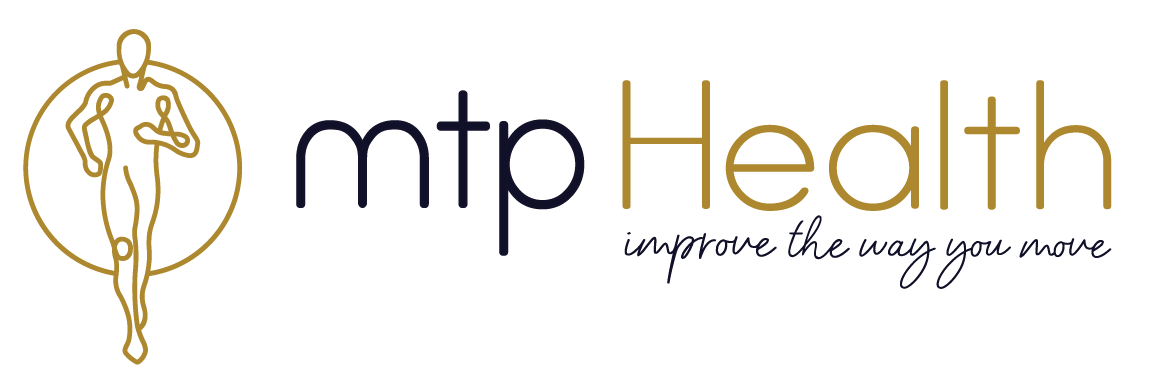What is ‘Mostability’? What do I NEED to know about it?
By Glenn Stevens, Chiropractor
When we look at the joints in the body and the way in which they are supposed to function, we begin to see a pattern. Mike Boyle and Gray Cook (if you aren’t familiar with them I suggest you check our their books) hit the hammer on the head when they developed the joint-by-joint approach in regards to function, sports injuries, and rehabilitation.
The Joint-By-Joint Approach
When we look at the body in terms of a stack of joints, they each have a specific function and are prone to a predictable pattern of dysfunction. The ankles are made for stability and often require a helping hand with mobility moving the foot up and down. The knees often require stability exercises to help them with their daily tasks. The lumbar spine (lower back) benefits from added stability and the Thoracic spine (mid back section that your ribs attach to) loves mobility work.
What is Mostability?
|
You may have noticed I didn’t mention the hip or shoulder joints. There is always one exception to the rule and the shoulders and hips are ours. These joints as Gray Cook puts it best are made for “mostability”. What is mostability you may ask? Think of all the actions our hips and shoulders do for us. They help us stay upright, no mean fete. They carry our body from point A to point B, or any object we require with it.
So they are built for stability |
Well yes, but then they also help us to throw a ball, do a handstand push up, run, jump, hop, skip, and do a single leg crossover pistol squat (google it). All of which are highly mobile activities.
So does that mean it is made for mobility?
So does that mean it is made for mobility?
That my friend is why the term “mostability” was invented, it is responsible for both mobility and stability. This is why in terms of training, we are seeing a decline in the old Chest, Tri’s, and Bi’s workout to a shift in more functional training incorporating complimentary movement patterns (push/pull, knee flex/hip extend).
Why do I get Sore?
When we look at movement patterns rather then individual exercises, we begin to understand why someone who has a poor forward bend pattern, over time will develop back pain. Our hips that should be where majority of the movement should come from get lazy and we begin to see increased movement occurring at the joints above and below.
Figure 1 shows a typical everyday lifting scenario. Generally, most people bend from the spine, a position that increases your risk for low back injury and disc herniation. Figure 2 shows the hip hinge alternative. With a straighter, more neutral spine comes protection. It also improves the contribution of your hips to lift. Figure 3 is your best option for a quick, light lift. This golfer’s lift uses your opposite leg as a counter-weight. The position decreases your spinal flexion and utilizes your posterior chain (hamstrings and glutes) to perform the lift.
The knee and the lower back, which require stability, now have even more movement being put through them. Increased mobility leads to extra stress being placed on tissues. Extra stress on the tissue results in increased inflammation, and inflammation causes pain.
This is why it is always good to keep on top of injuries before they become a major issue. This is why you should always get those niggling injuries checked out before they become a major issue, and this is why we need to focus on mobility in specific areas and stability in others.


